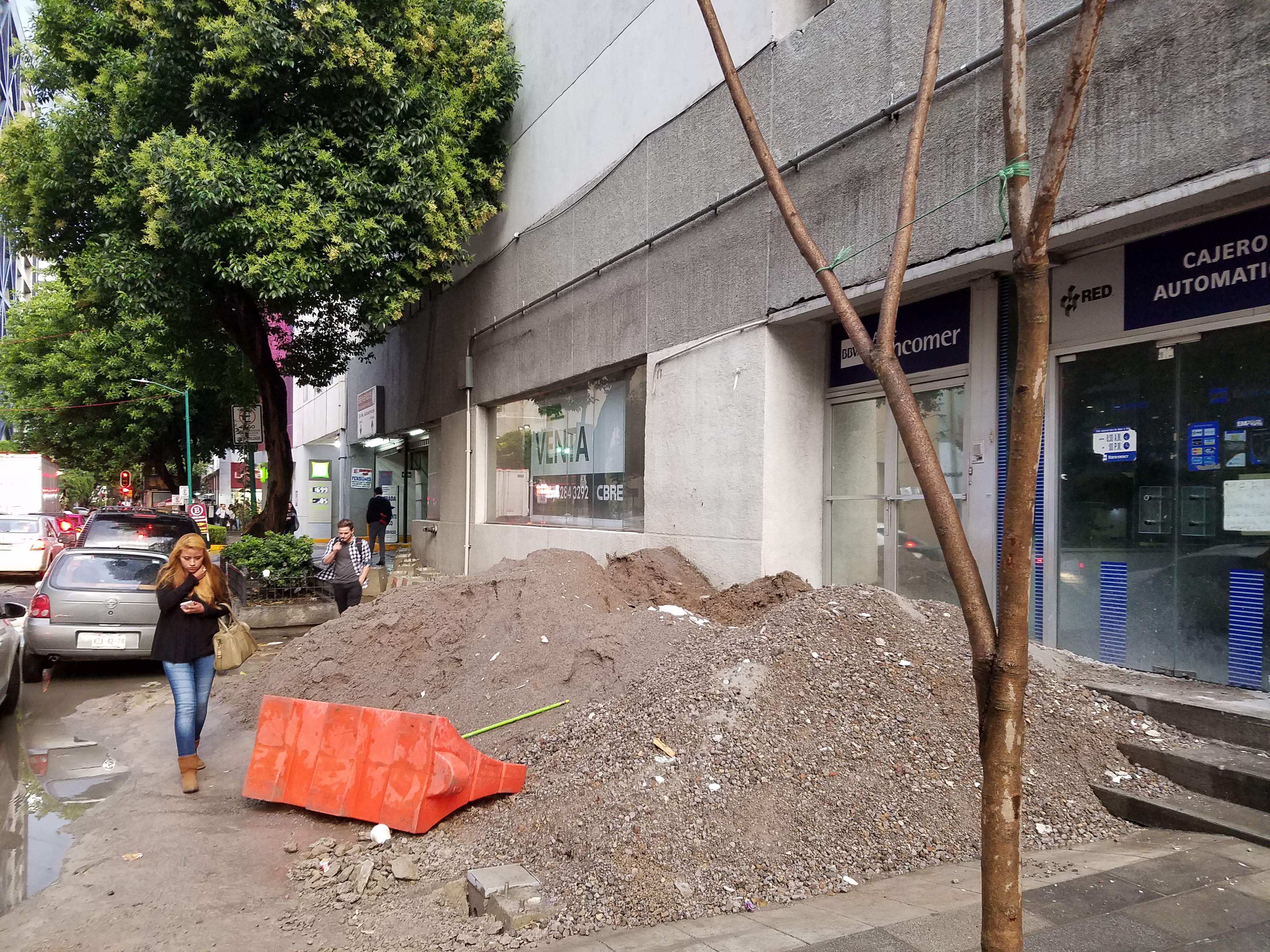Georges Didi-Huberman, “The Drapery of Sidewalks,” in Herzog & de Meuron: Natural History, ed. Philip Ursprung (Lars Müller Publishers, 2003), 269–278.
Bruno Latour, “Waiting for Gaia. Composing the common world through arts and politics,” (2011), ➝.
Ibid., Didi-Huberman (2003), 269.
Georges Didi-Huberman, "The Supposition of the Aura: The Now, The Then, and Modernity," in Walter Benjamin and History, ed. Andrew Benjamin (Bloomsbury, 2005).
Ibid., Didi-Huberman (2003), 271.
See ➝.
See ➝.
See Antonio Barrera-Osorio, "Experts, Nature, and the Making of Atlantic Empiricism," Osiris, Vol 25, 1 (2010).
See ➝.
Mierle Laderman Ukeles, Manifesto for Maintenance Art 1969!, 1969, ➝.
Ibid., Didi-Huberman (2003), 271.
Javier Alcocer and W. D. Williams, "Historical and recent changes in Lake Texcoco, a saline lake in Mexico" International Journal of Salt Lake Research Vol 5, 1 (March 1996): 45–61, ➝.
Andrew Russel and Lee Vinsel, “Let’s Get Excited About Maintenance,” New York Times (July 22, 2017), ➝.
Ibid., Ukeles.
Bartholomew Ryan, "Manifesto for Maintenance: A Conversation With Mierle Laderman Ukeles," Art in America (March 20, 2009), ➝.
Ibid. Barrera-Osorio.
Alexandra Brandt, "Innovative Solutions to Mexico City’s Urbanization Problematic," Infrastructure Mexico (September 7, 2015), ➝.
See ➝.
Ibid., Latour.
See Georges Didi-Huberman, "Picture = Rupture’: Visual Experience, Form and Symptom according to Carl Einstein," trans. C.F.B. Miller, Papers of Surrealism, Issue 7 (2007), ➝.
See ➝.
Ibid., Ukeles.
Ibid., Latour.
Bruno Latour, “To modernize or to ecologize? That’s the question” in Remaking Reality: Nature at the Millenium, eds. Noel Castree and Bruce Braun (London and New York: Routledge, 1998), 221–242, ➝.
Positions is an initiative by e-flux Architecture.
